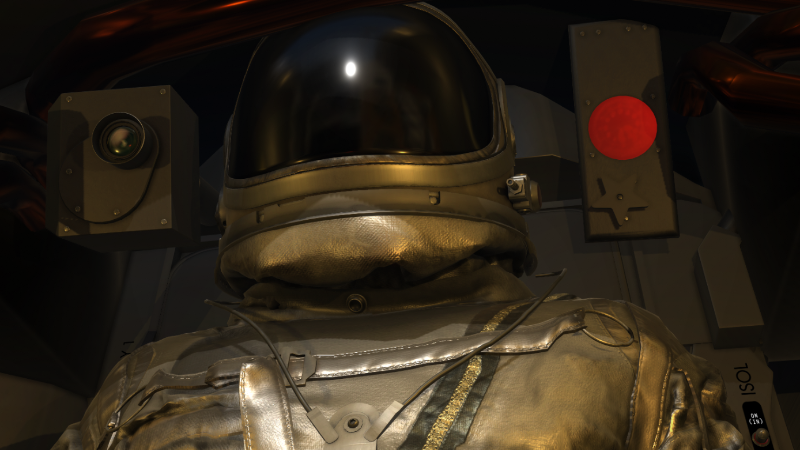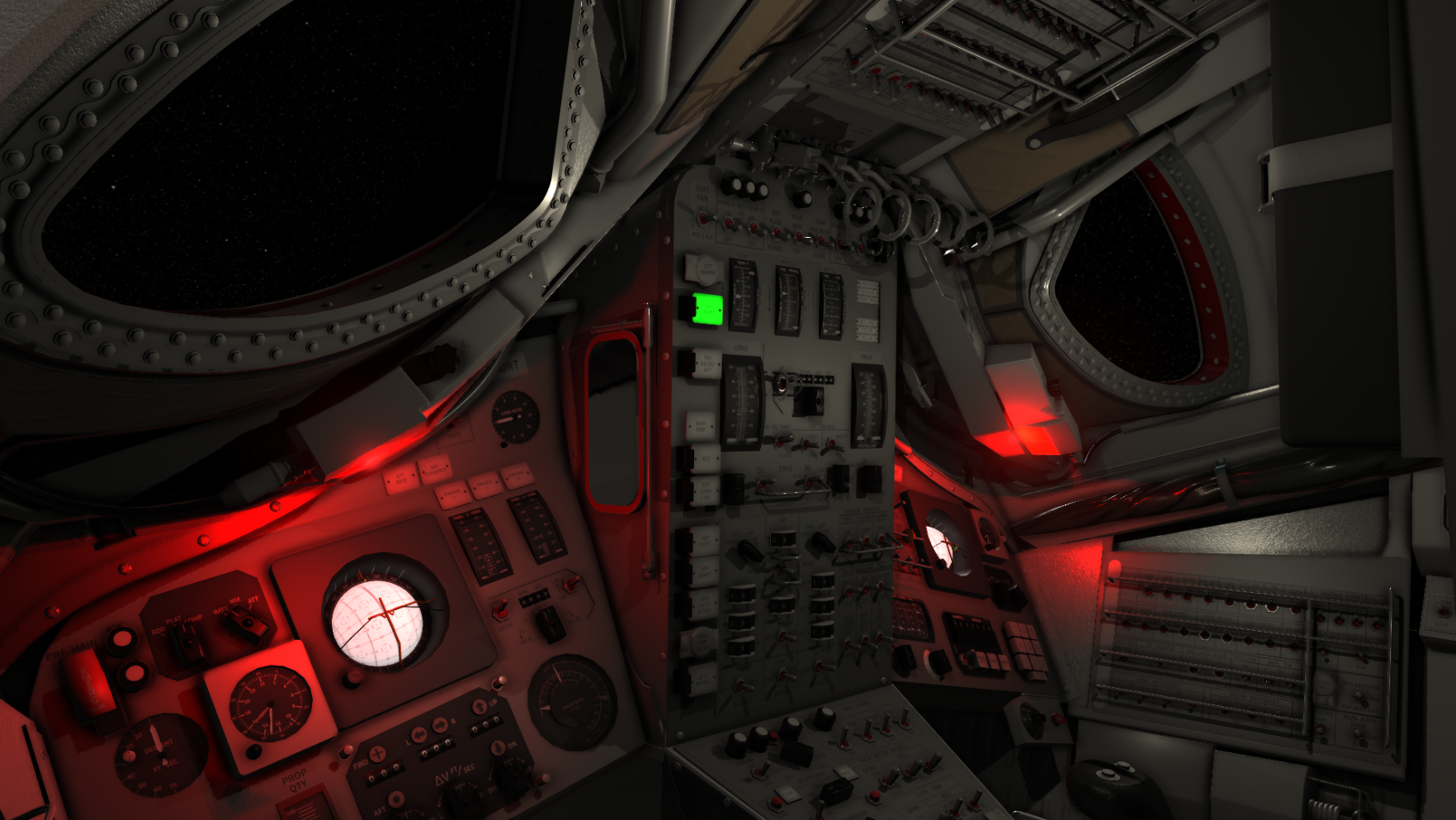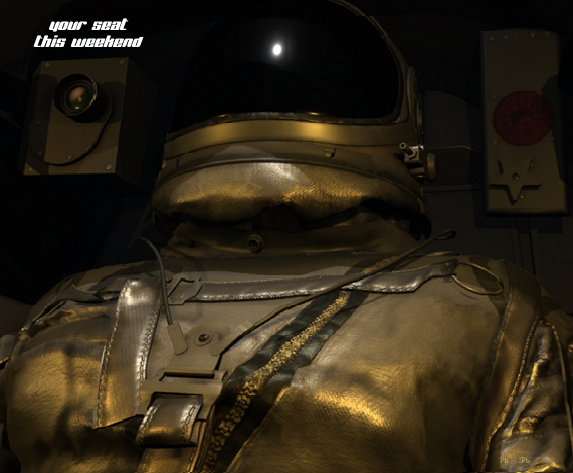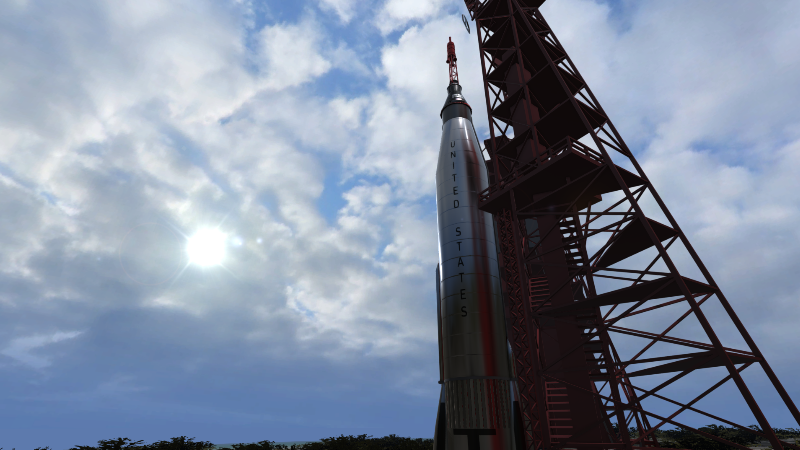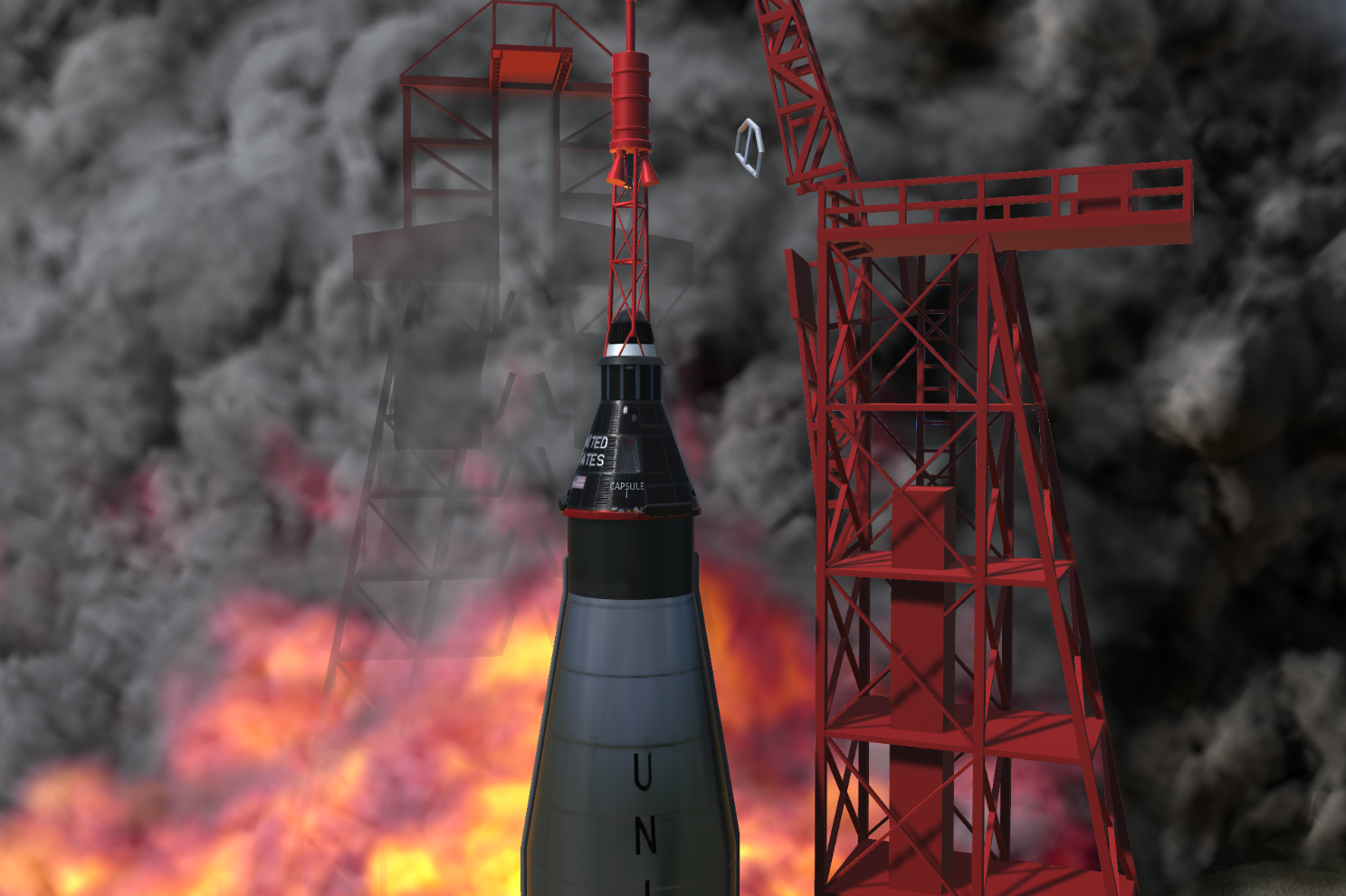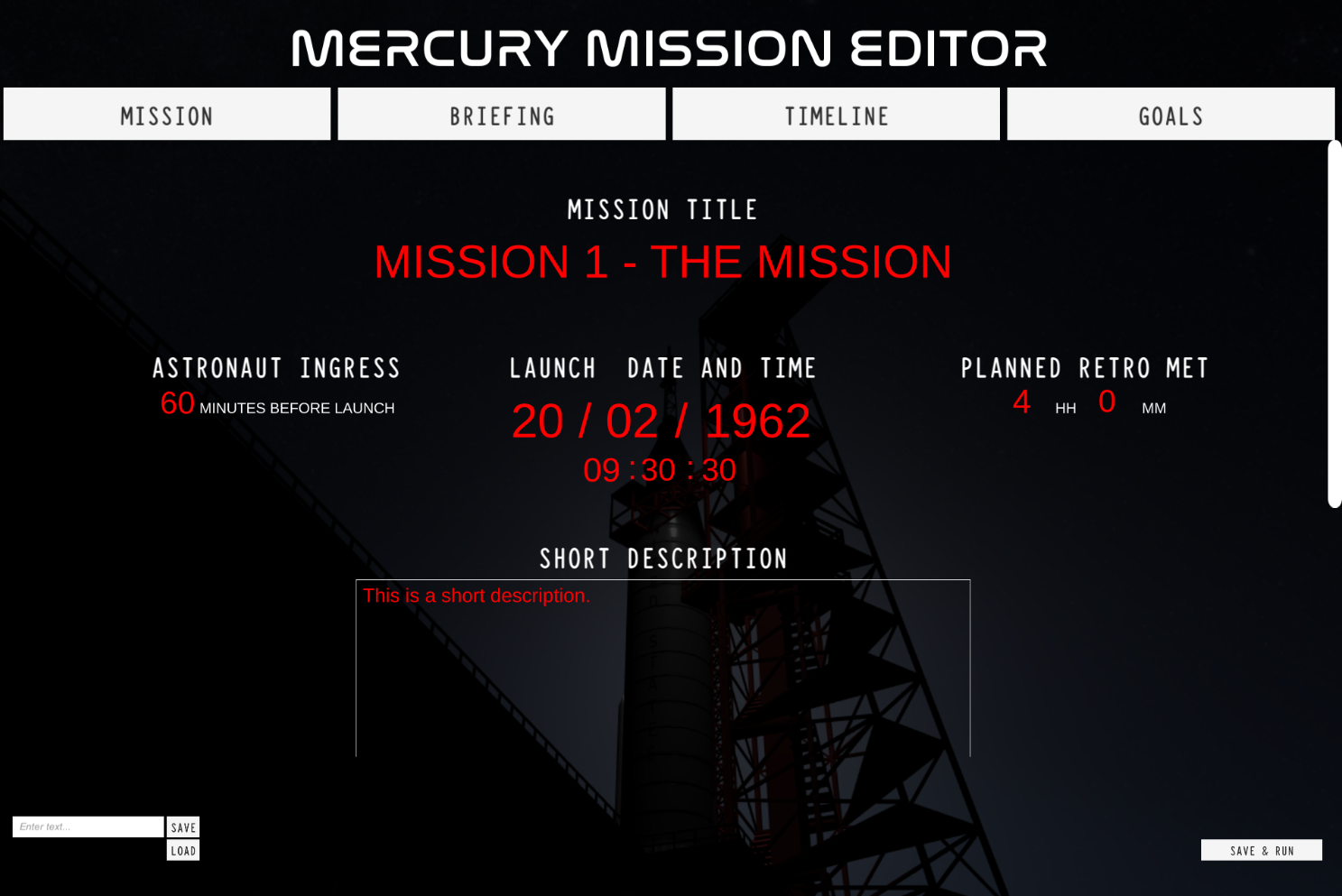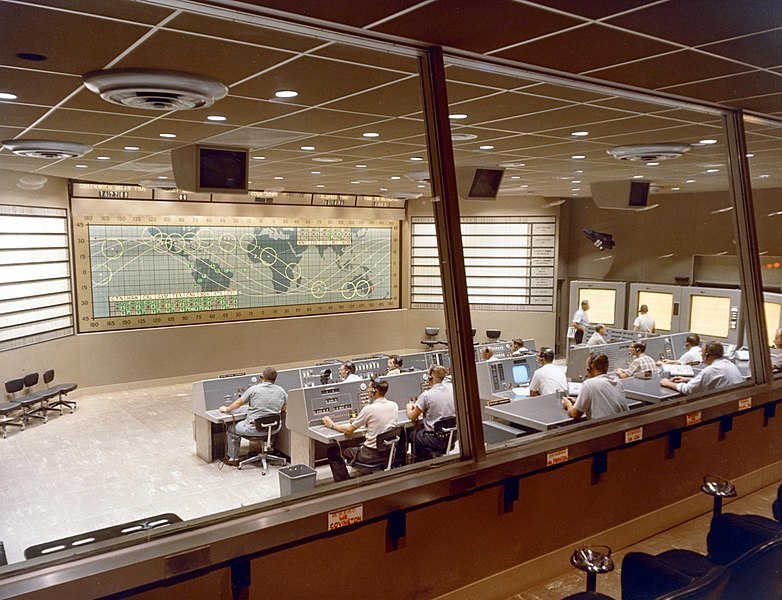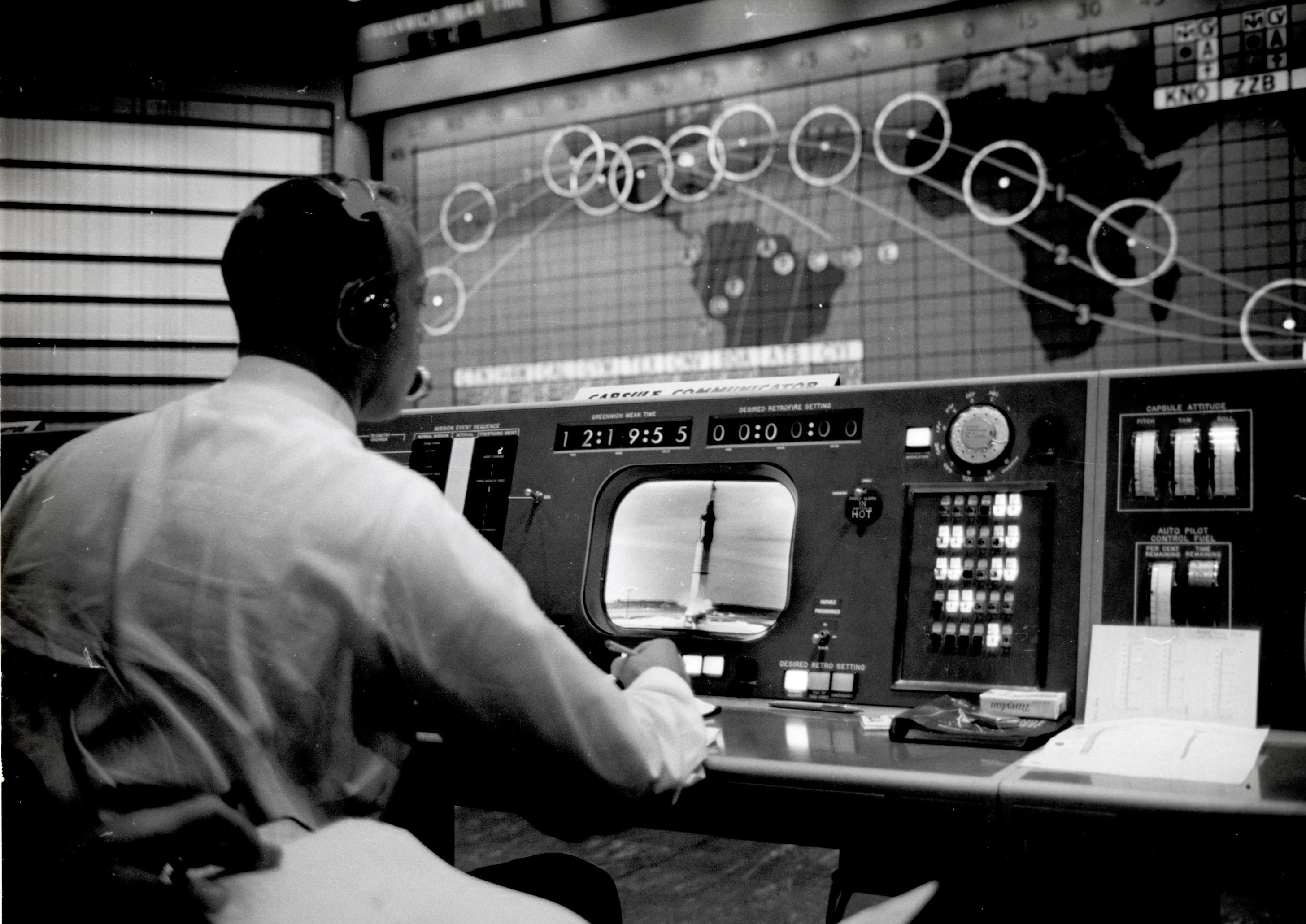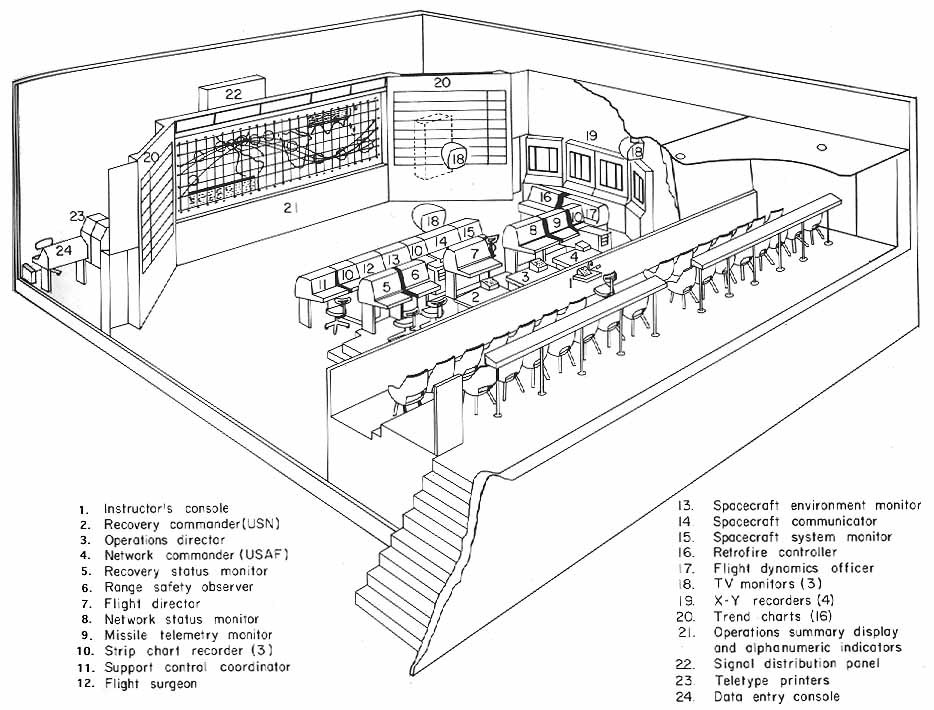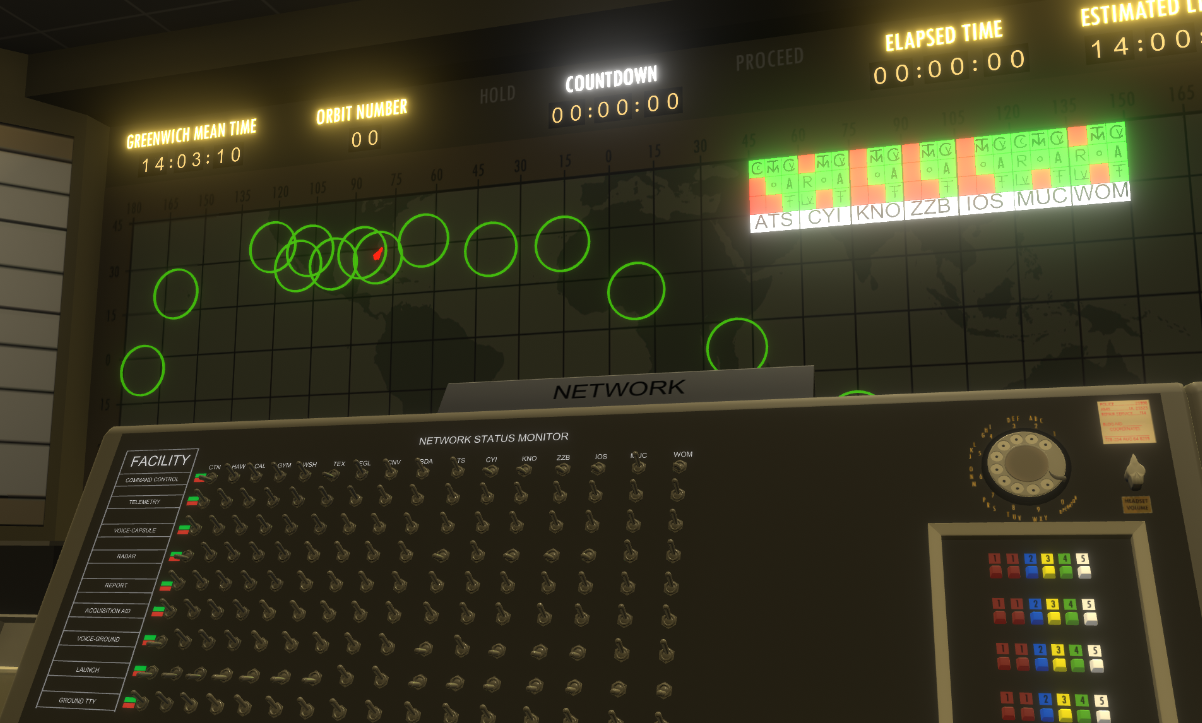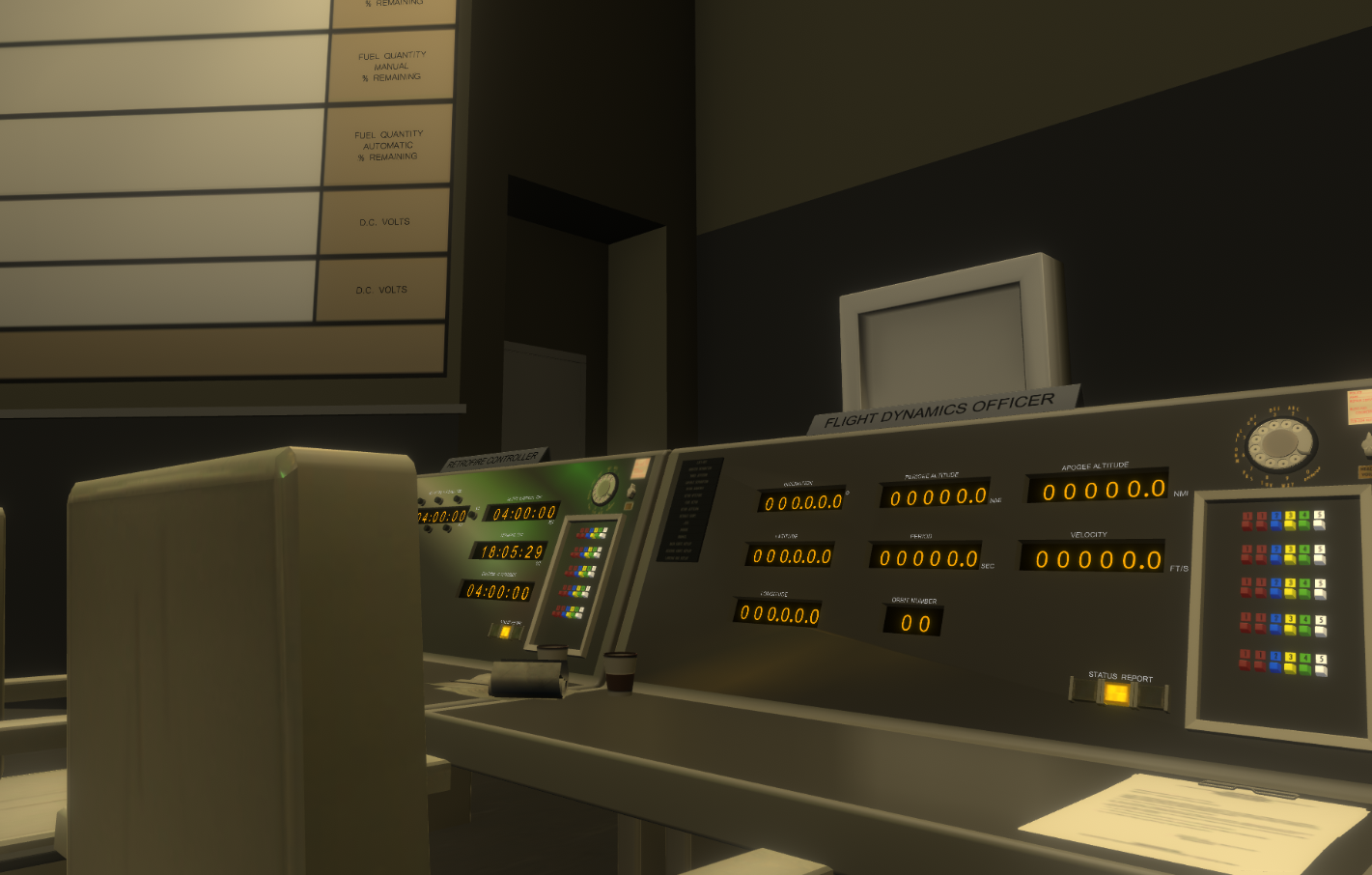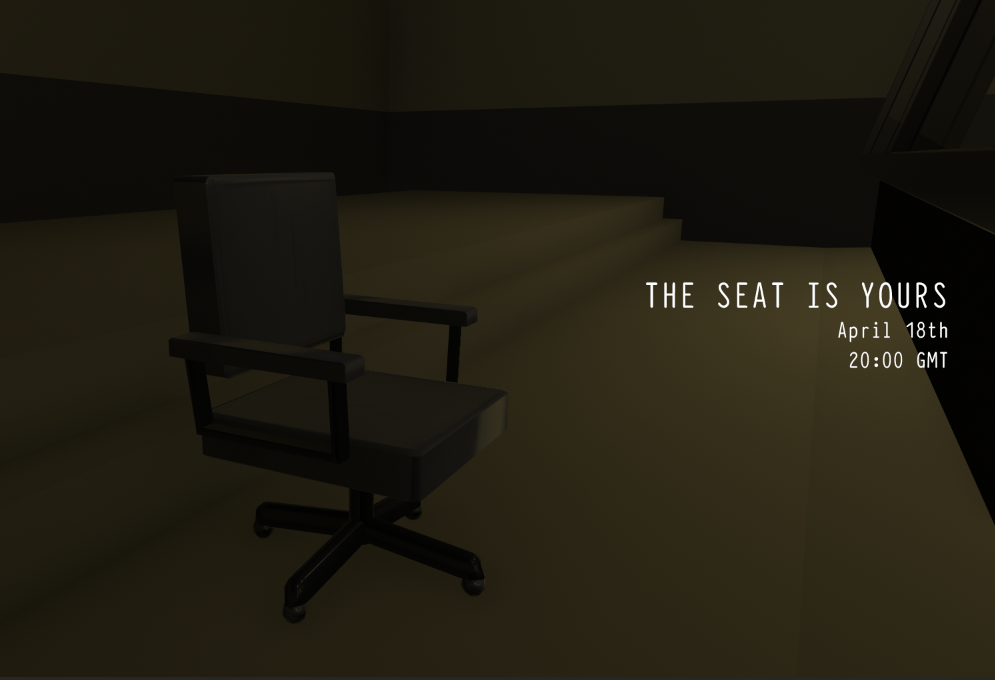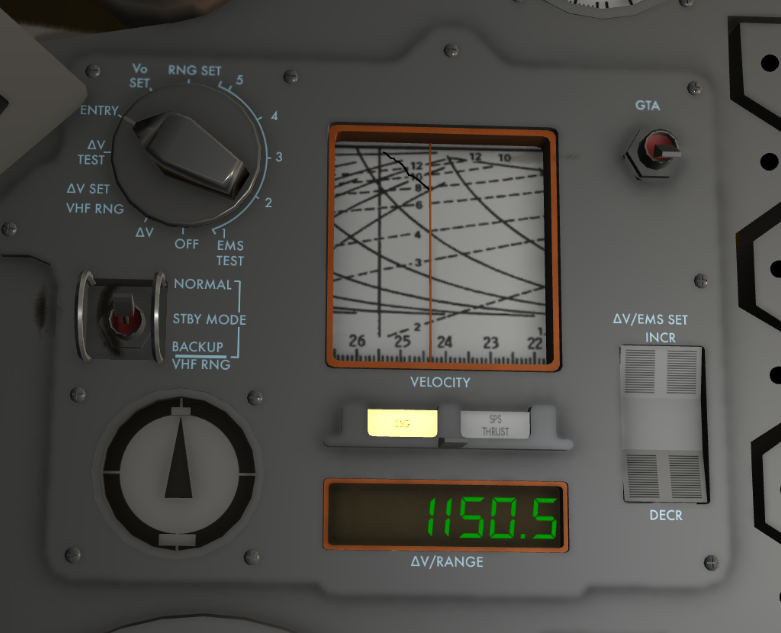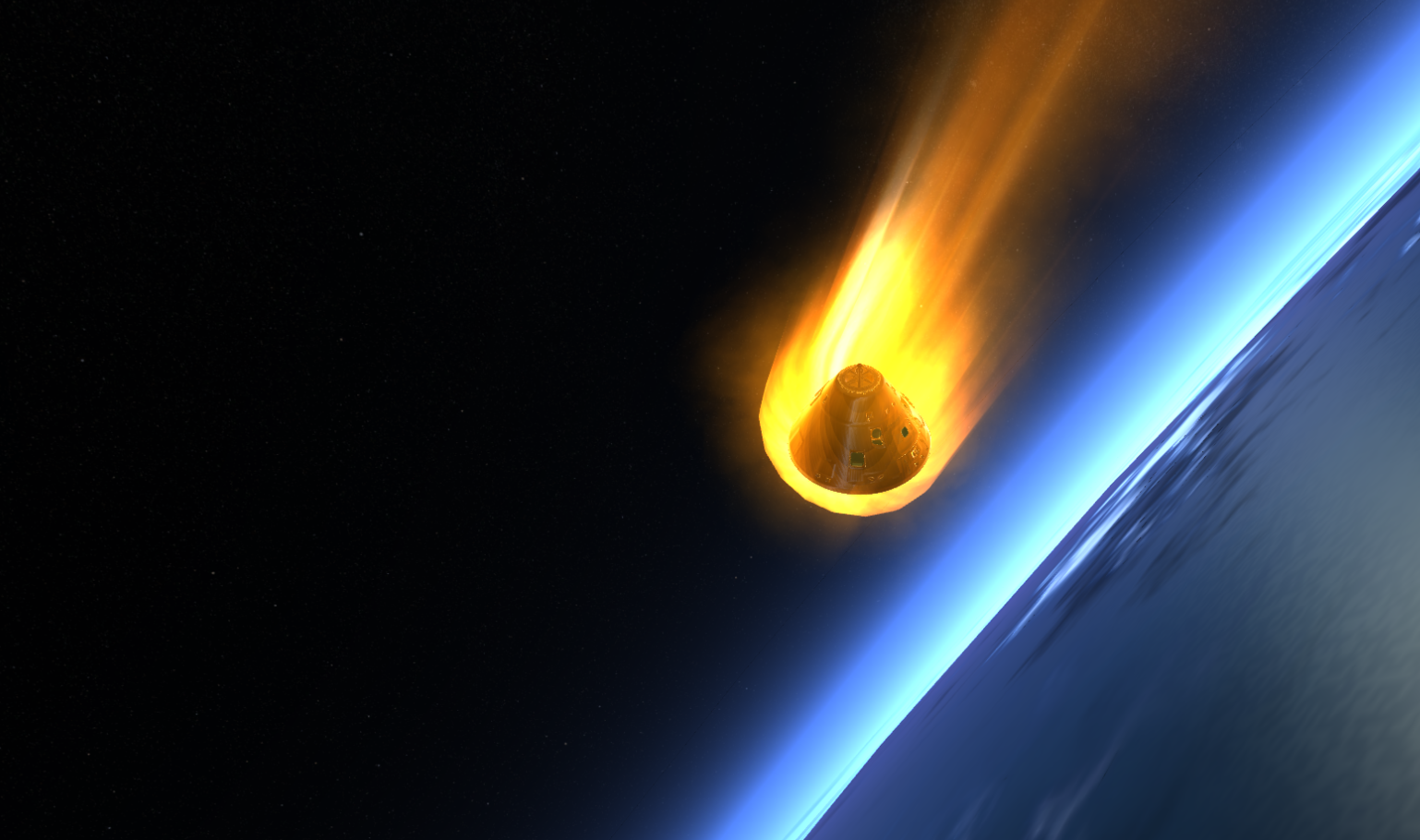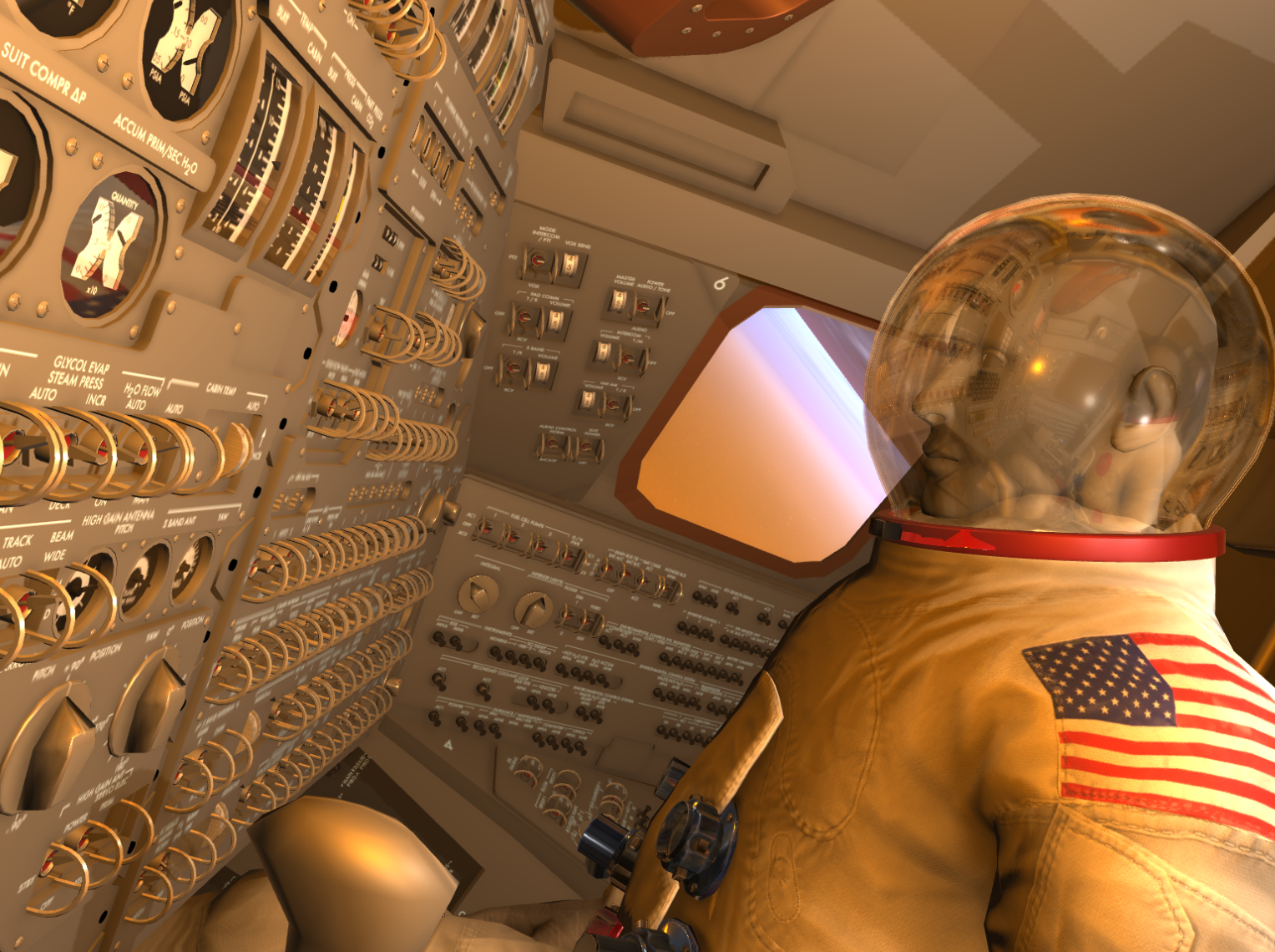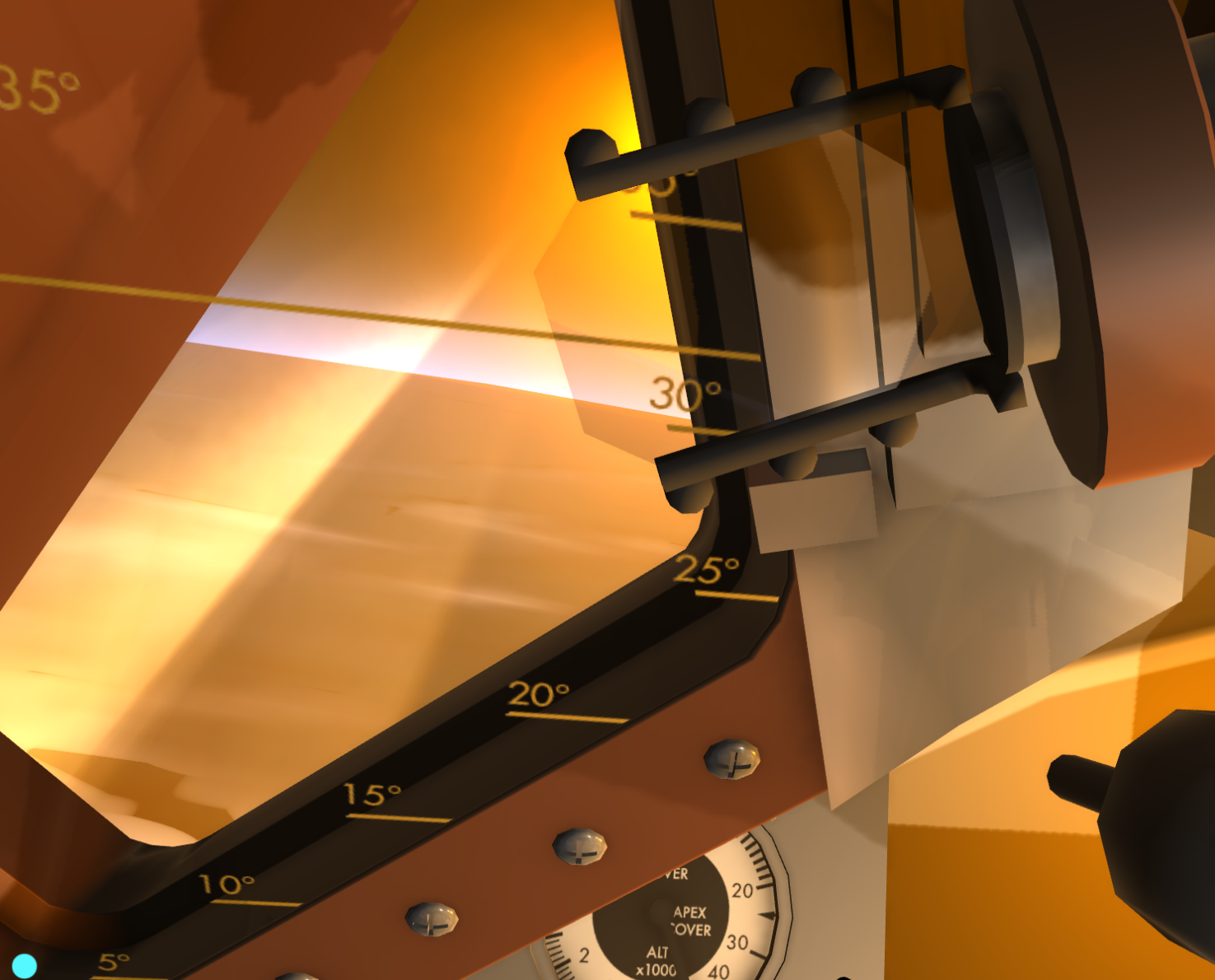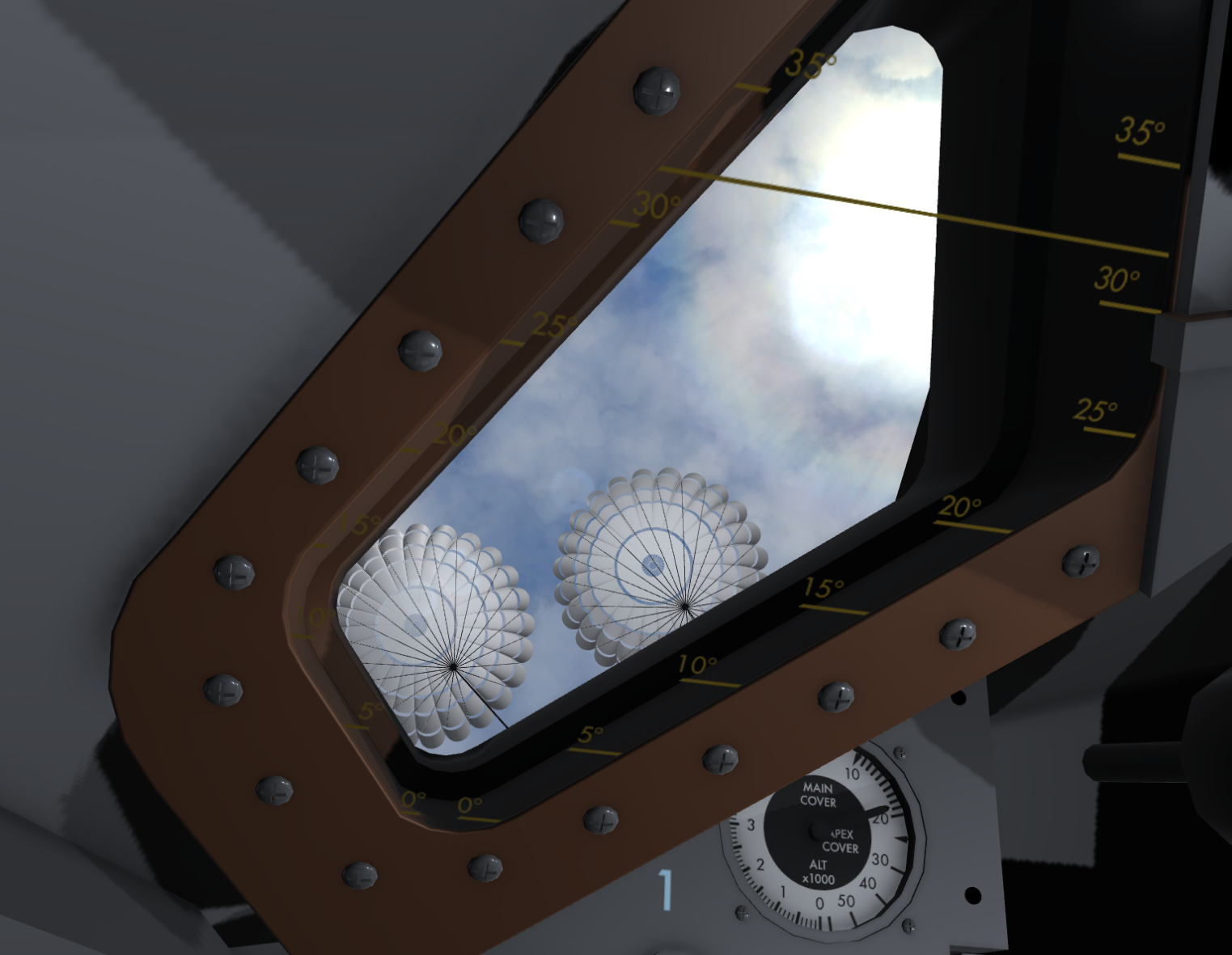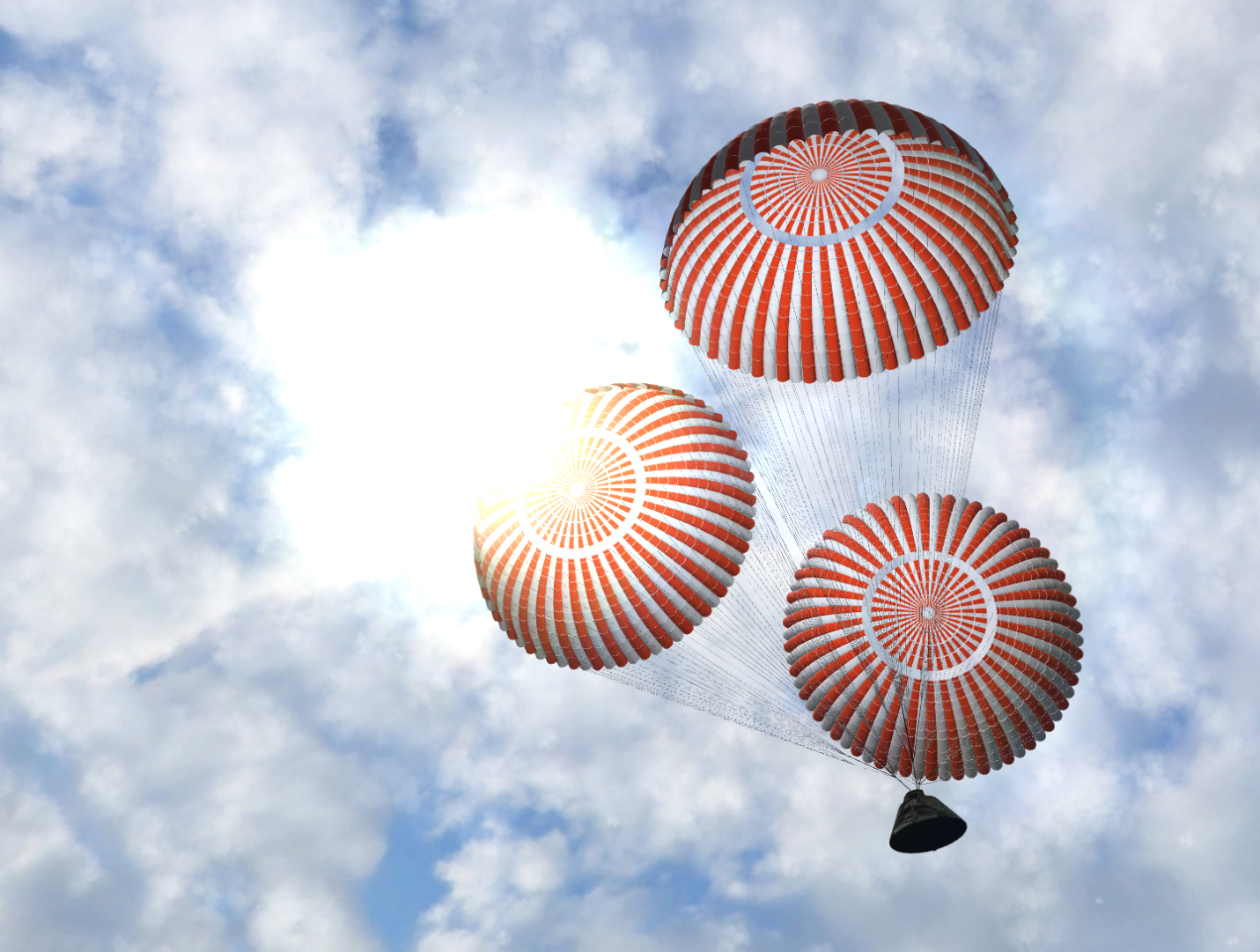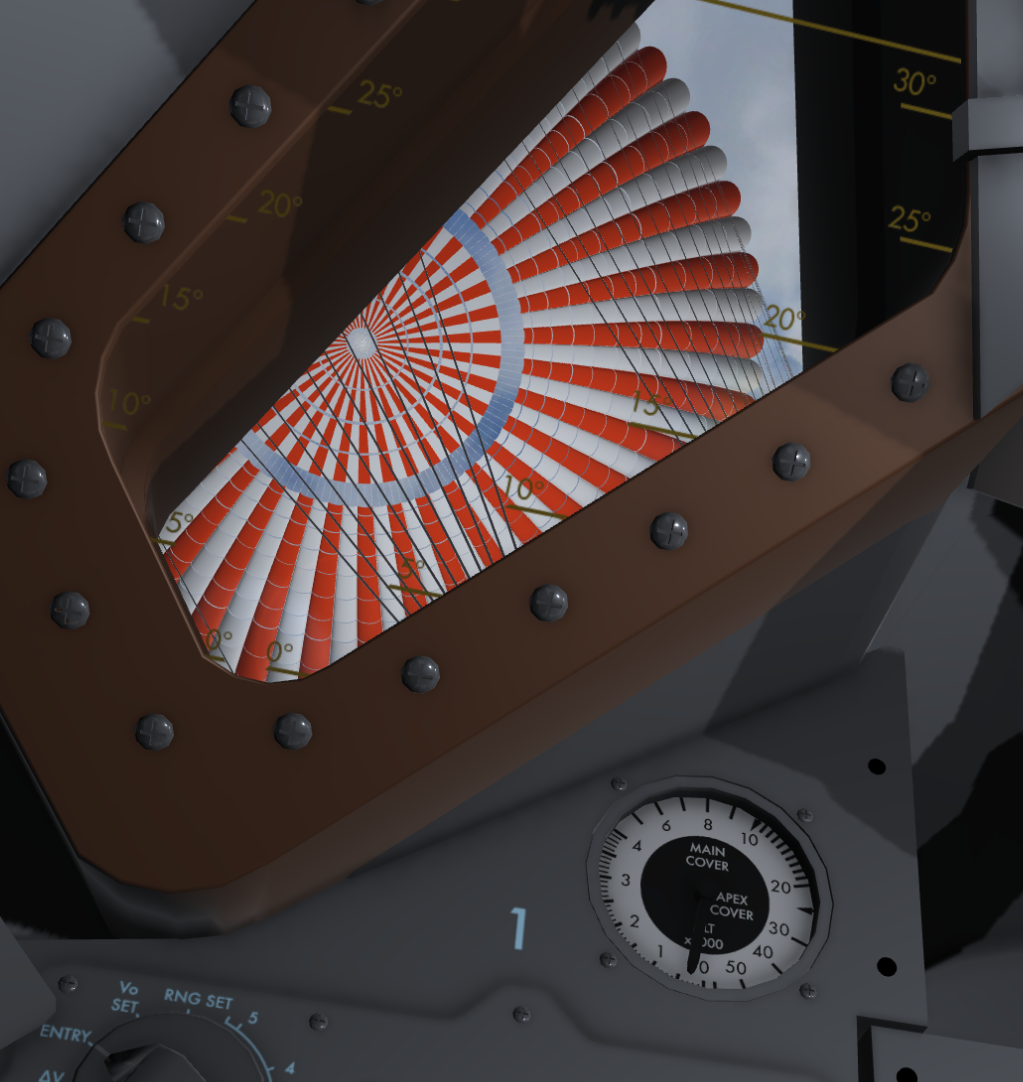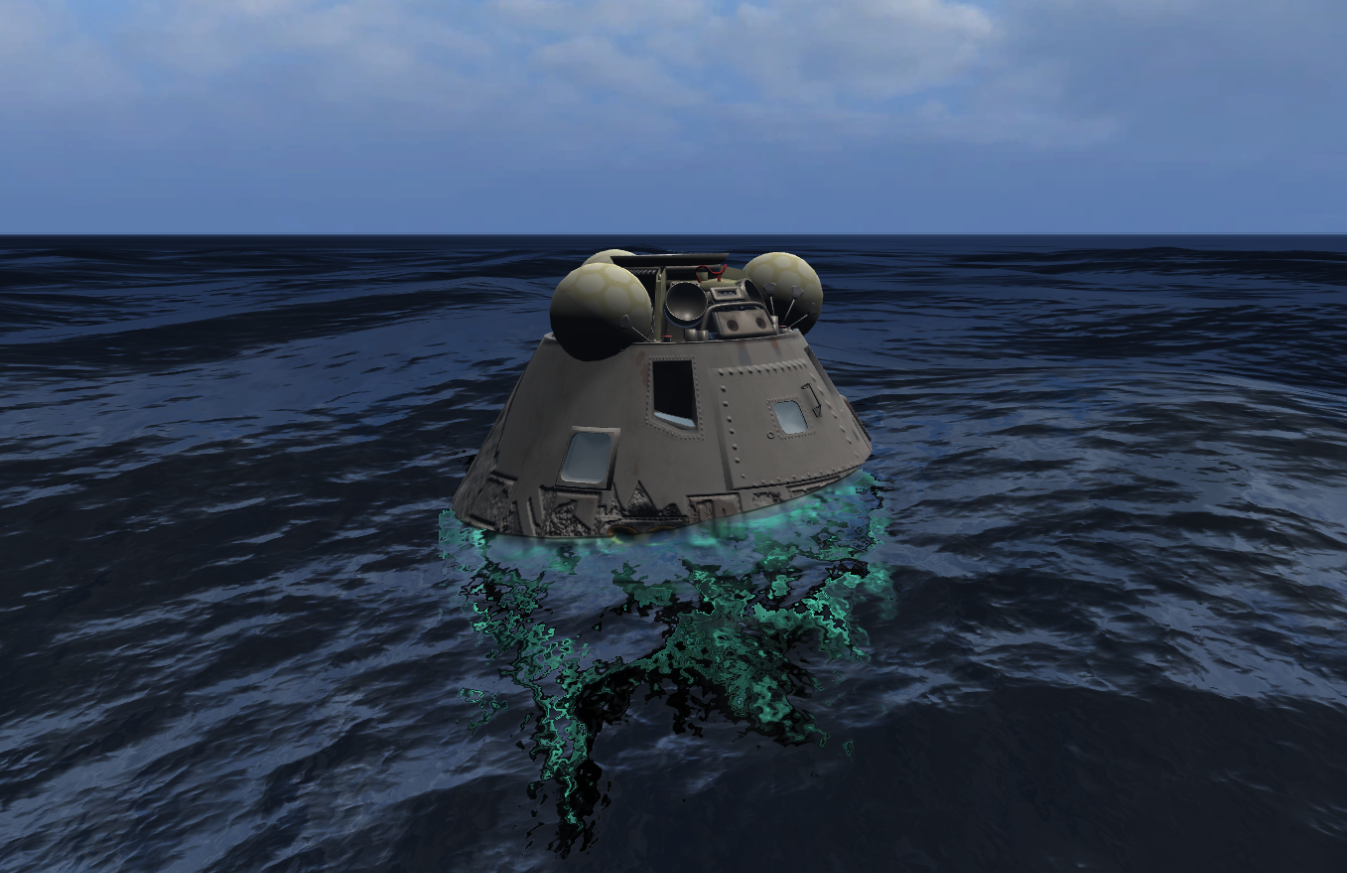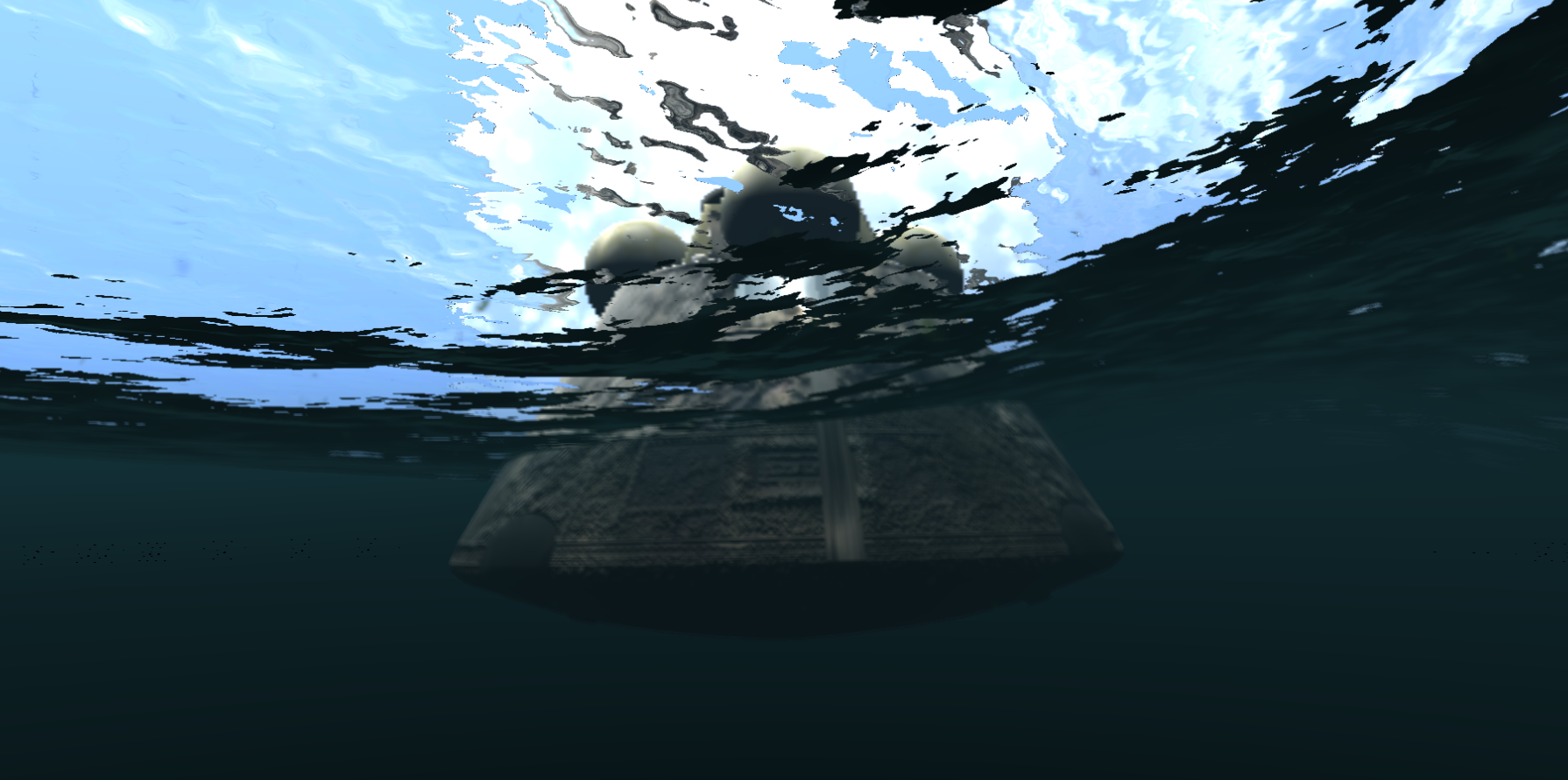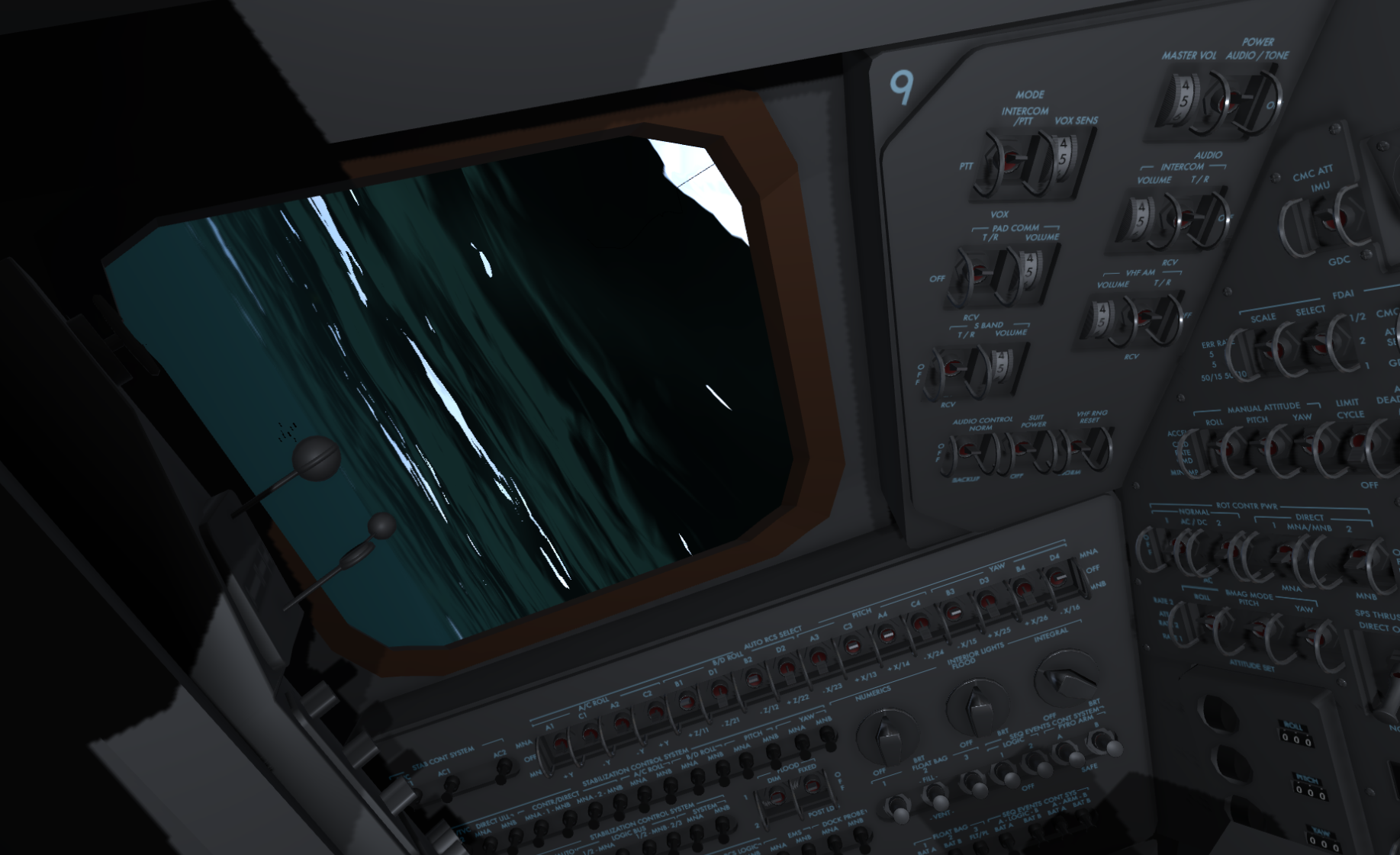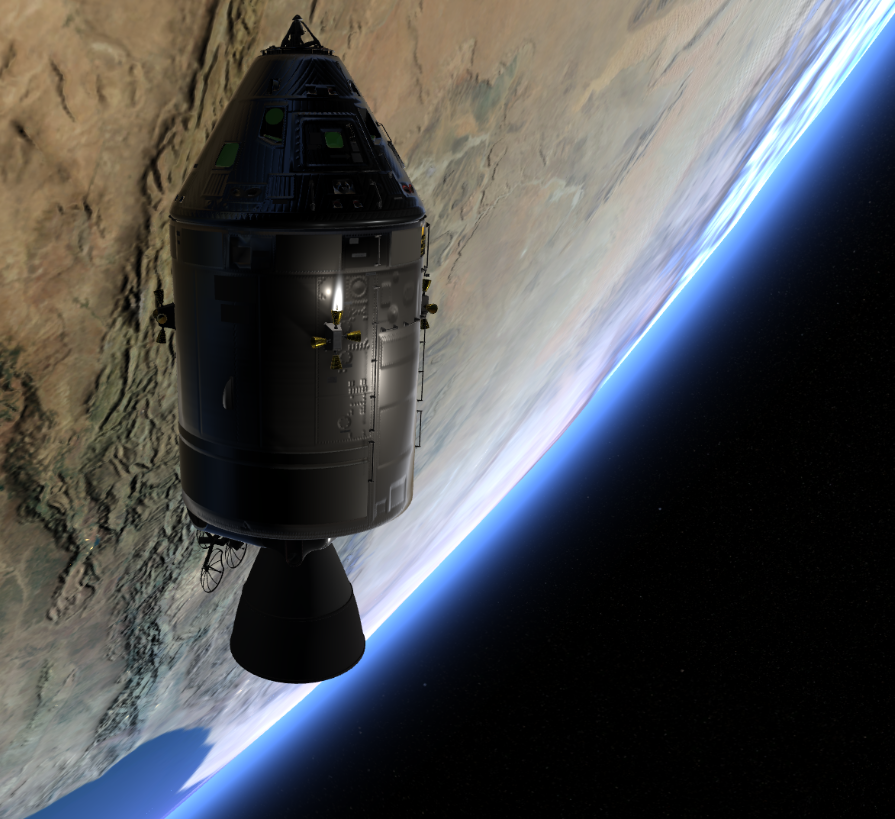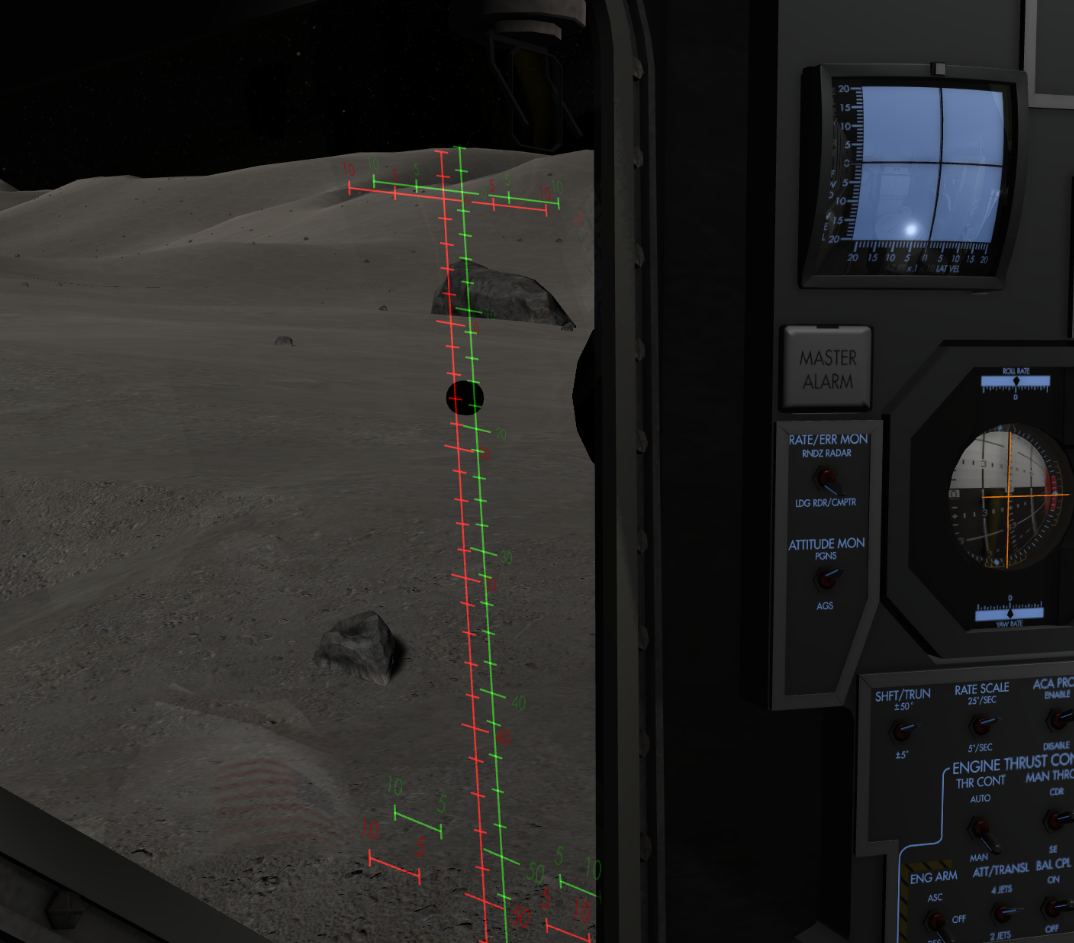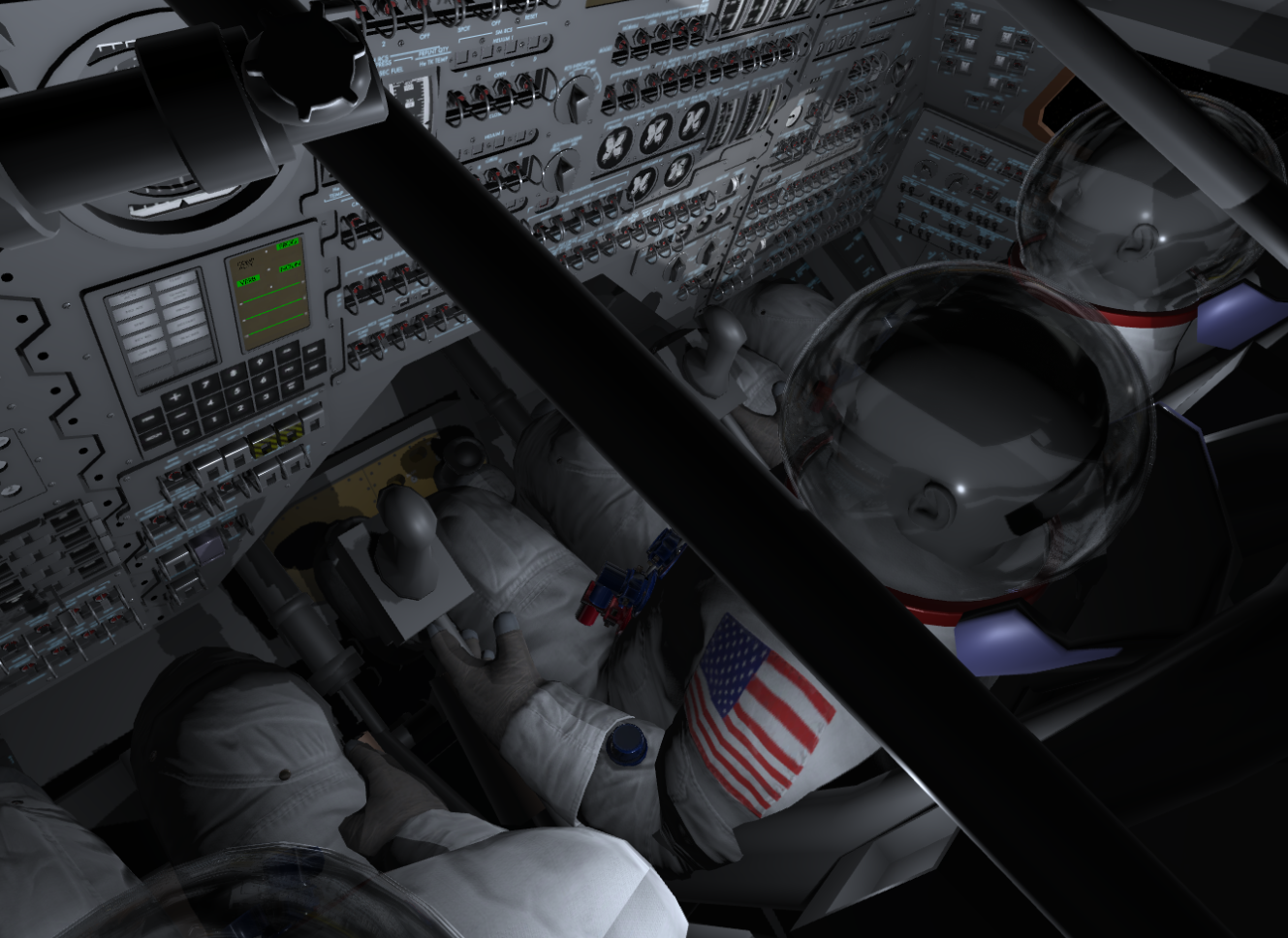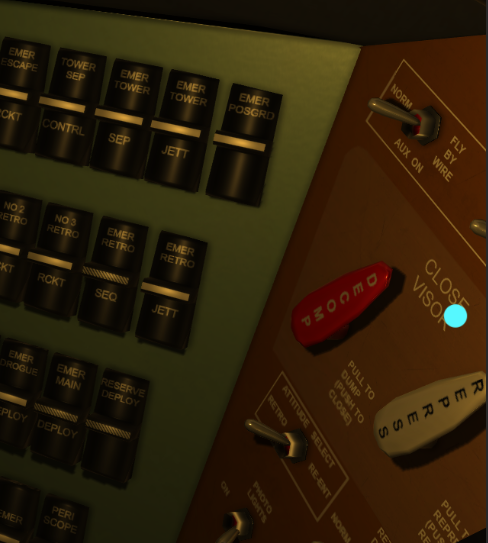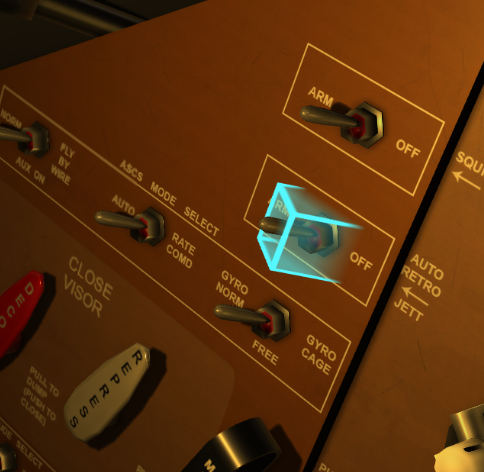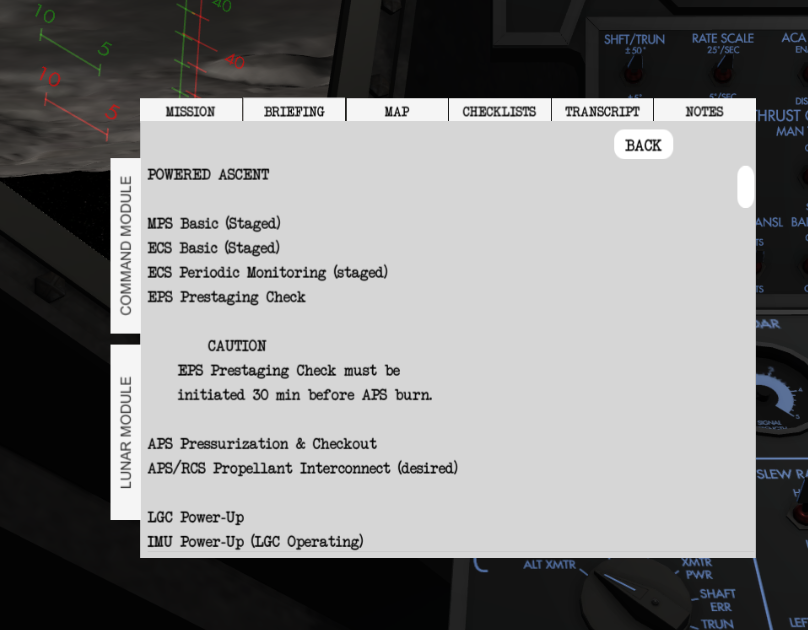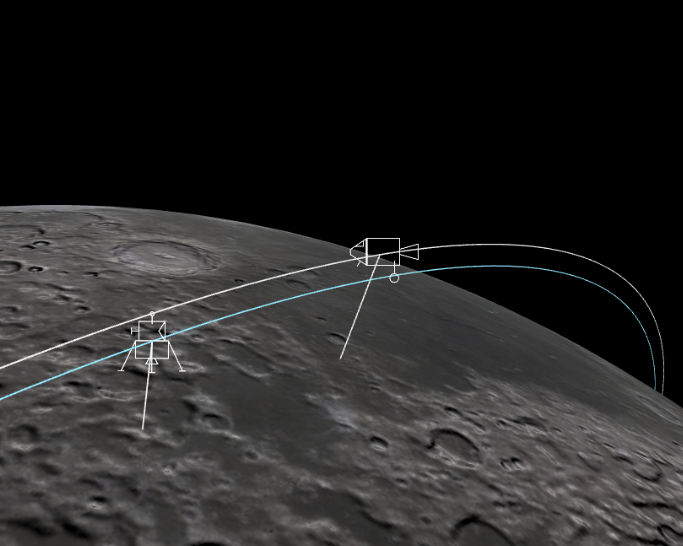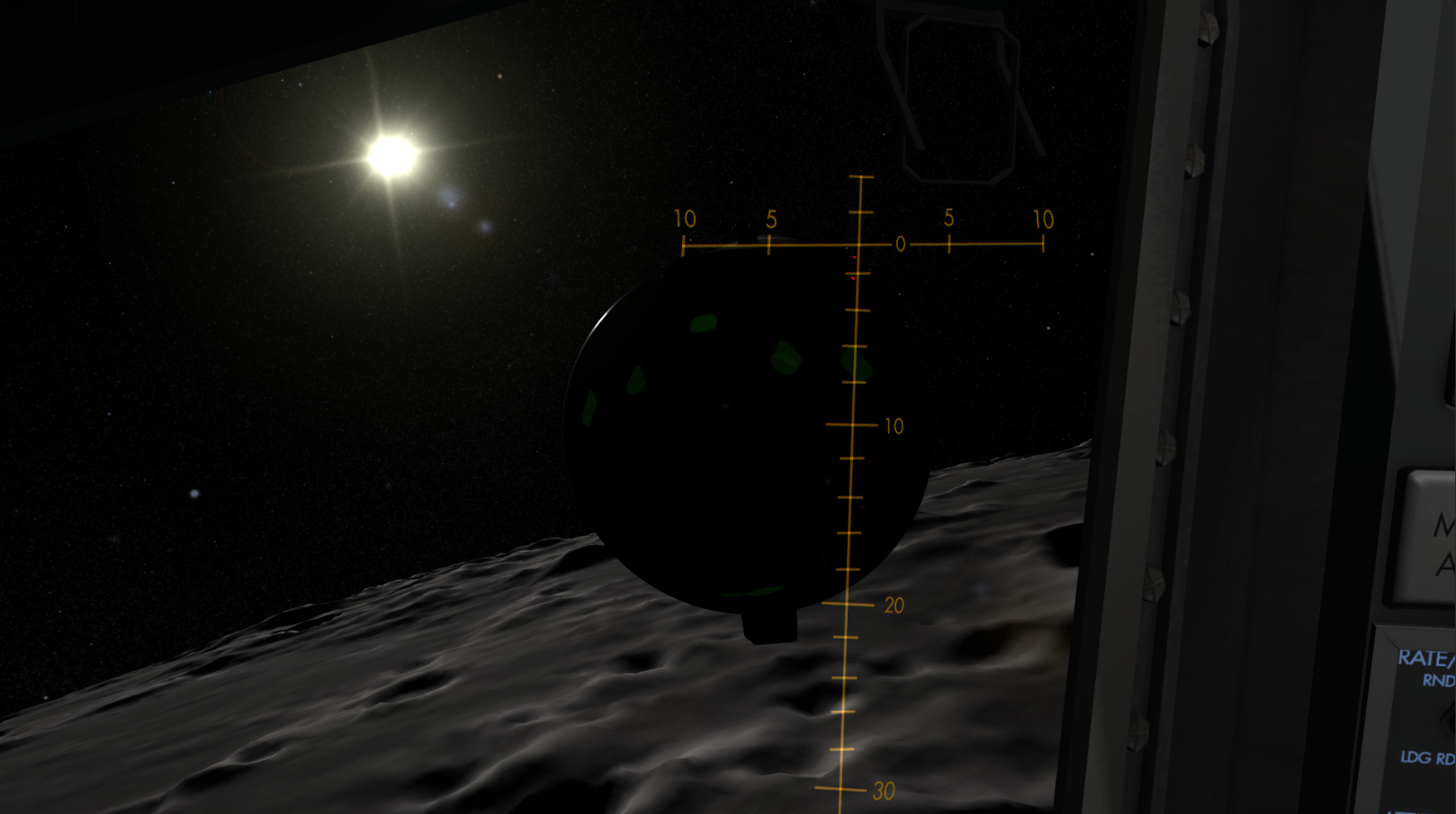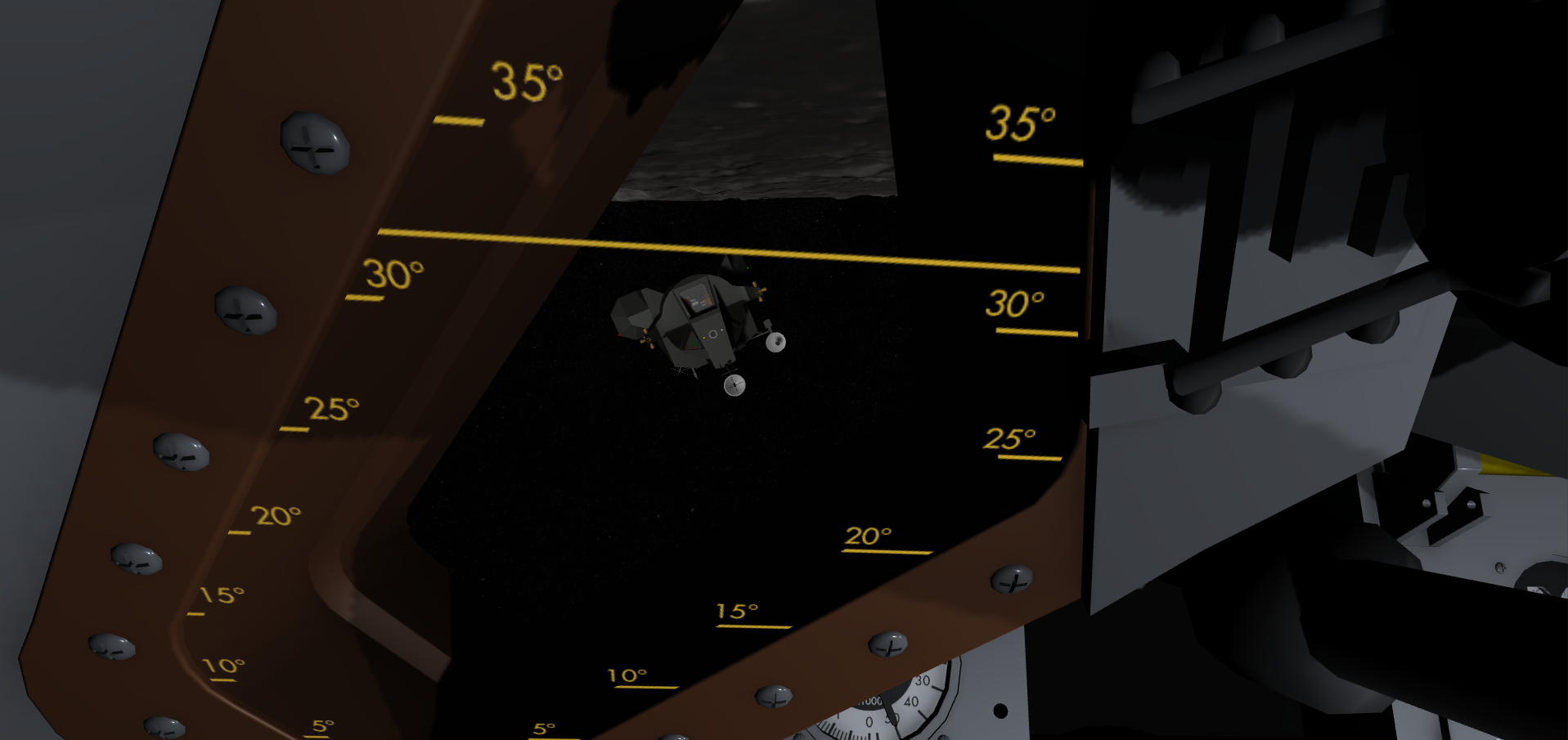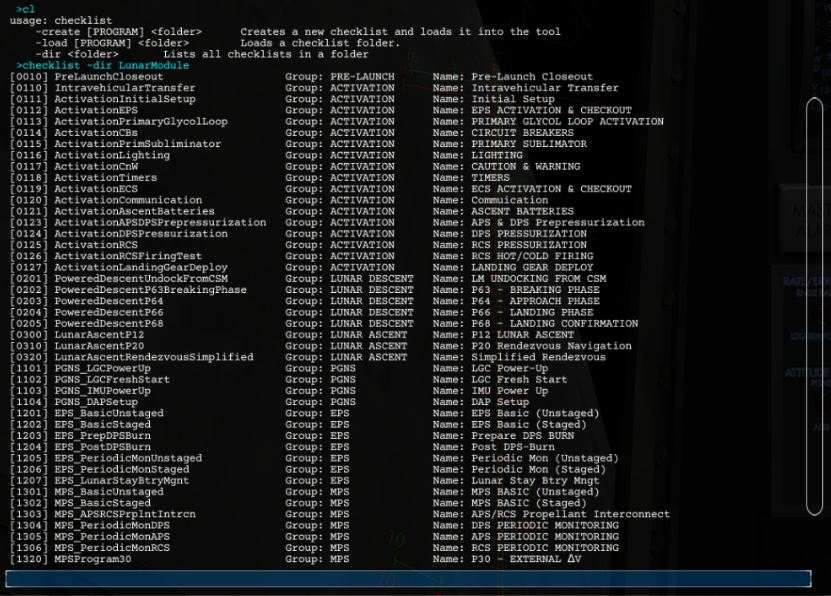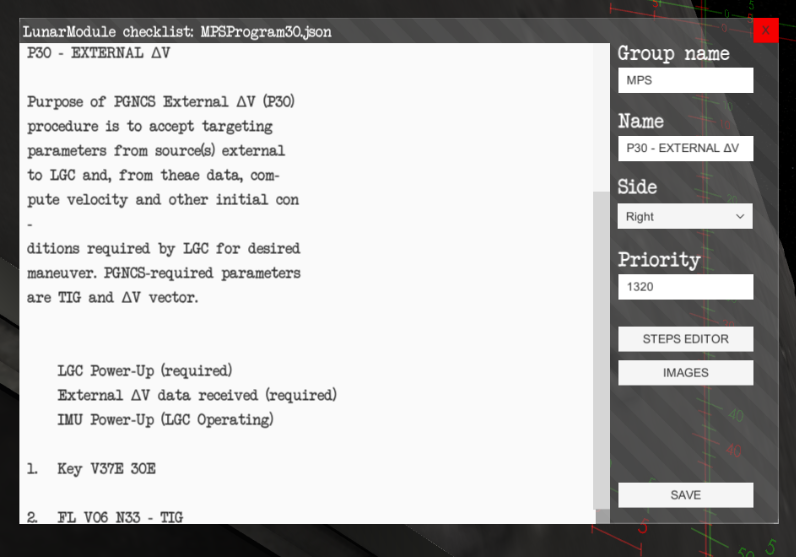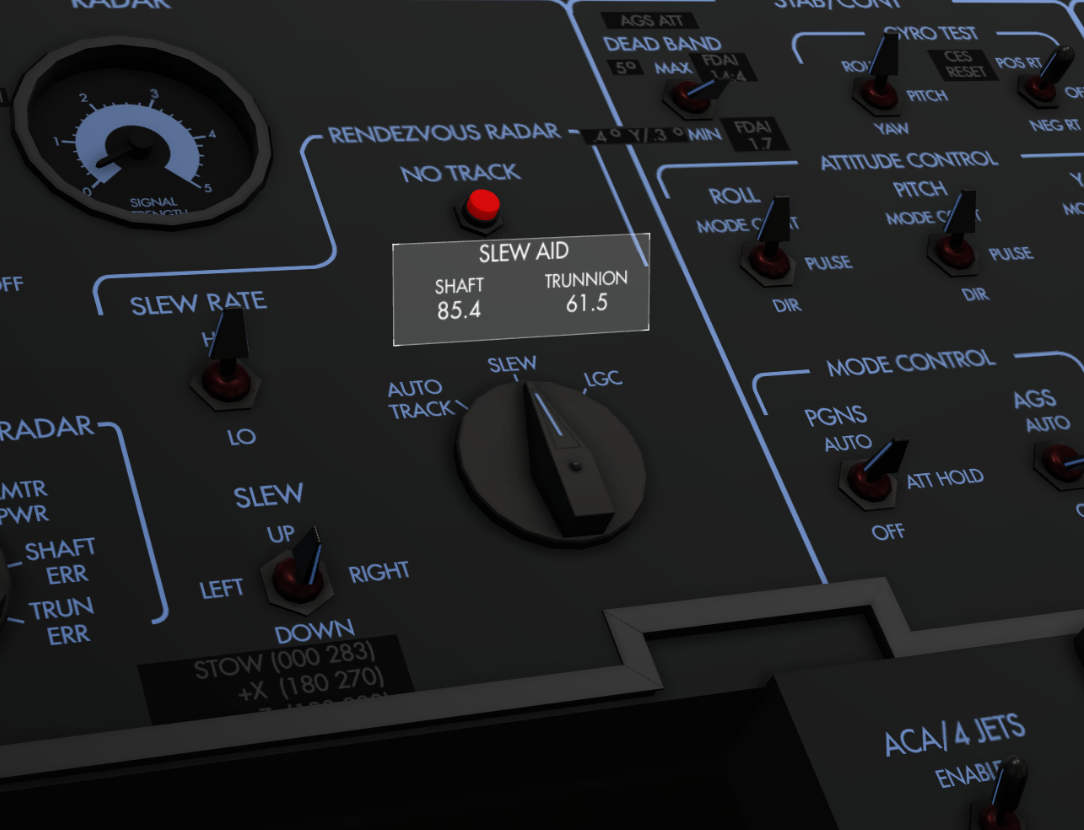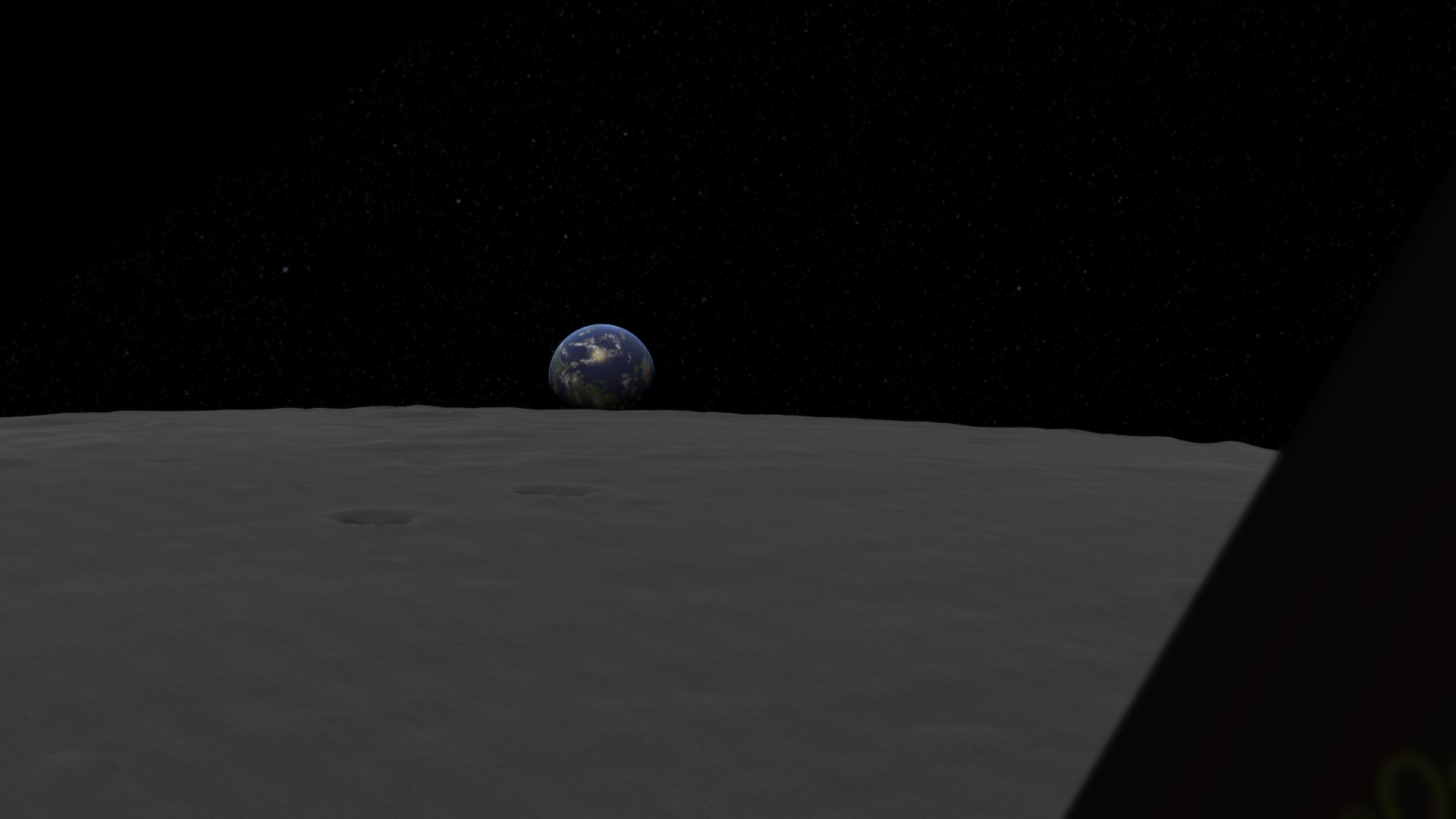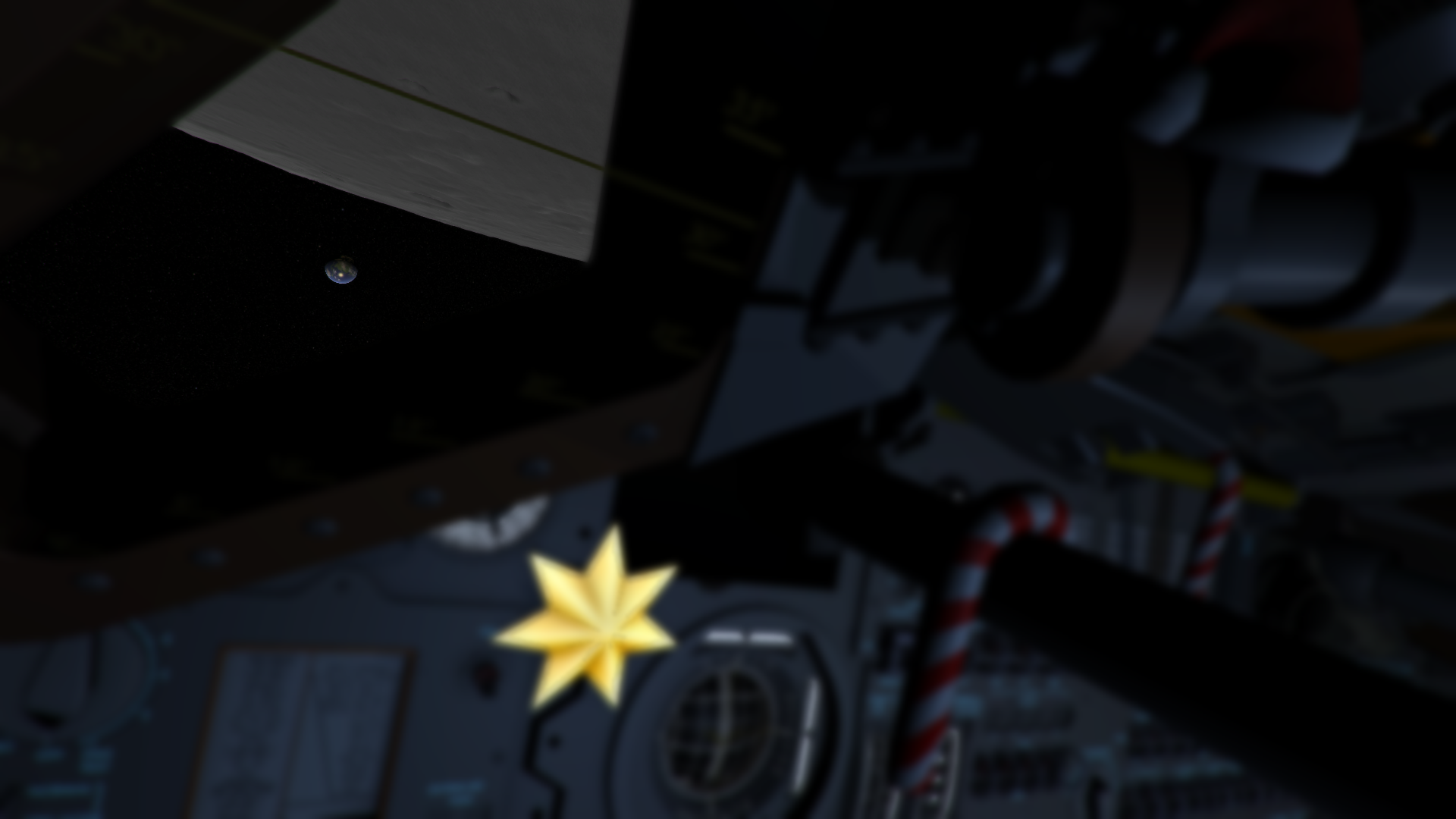
Reentry - A Space Flight Simulator - wilhelmsenstudios
1) Recycle or toggle OFF the VR setting in SETTINGS
Unfortunately, the VR (Mercury Only) flag in Settings is enabled by default the first time you launch version 0.6 due to a bug. This prevents the game setup logic to execute properly and creates strange behavior for those who don't have VR, as well as for those who have VR.
The solution to this is recycle the setting: uncheck this setting (see image), and then either recheck if you wish to use VR, or leave it unchecked for normal play.
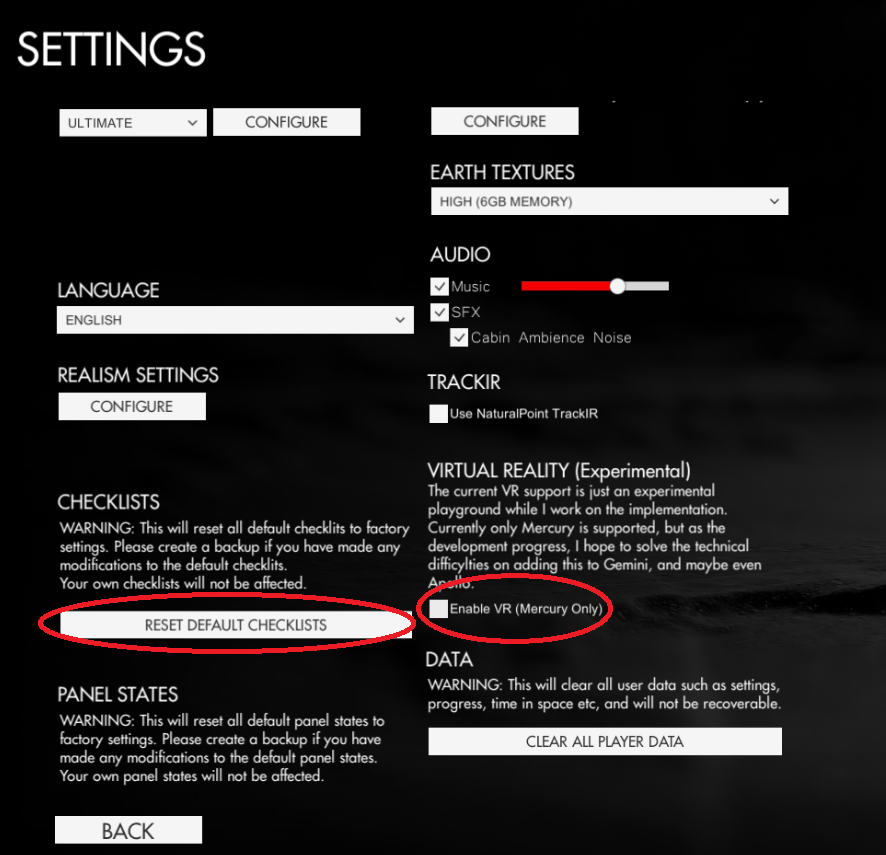
2) Install the latest checklists from the SETTINGS menu
In addition, if you have missing checklists, remember to press the RESET DEFAULT CHECKLISTS button to install the latest checklists.
Patch:
A patch is in development to fix the default VR setting issue, as well as a logic that will let you know if there are new checklists to be installed through a message box when you load the game.
Please know that VR is in a testing and early access state. If you stumble upon anything strange, please let me know so I can fix it.
Thanks you for bringing this to my attention!
Unfortunately, the VR (Mercury Only) flag in Settings is enabled by default the first time you launch version 0.6 due to a bug. This prevents the game setup logic to execute properly and creates strange behavior for those who don't have VR, as well as for those who have VR.
The solution to this is recycle the setting: uncheck this setting (see image), and then either recheck if you wish to use VR, or leave it unchecked for normal play.

2) Install the latest checklists from the SETTINGS menu
In addition, if you have missing checklists, remember to press the RESET DEFAULT CHECKLISTS button to install the latest checklists.
Patch:
A patch is in development to fix the default VR setting issue, as well as a logic that will let you know if there are new checklists to be installed through a message box when you load the game.
Please know that VR is in a testing and early access state. If you stumble upon anything strange, please let me know so I can fix it.
Thanks you for bringing this to my attention!




